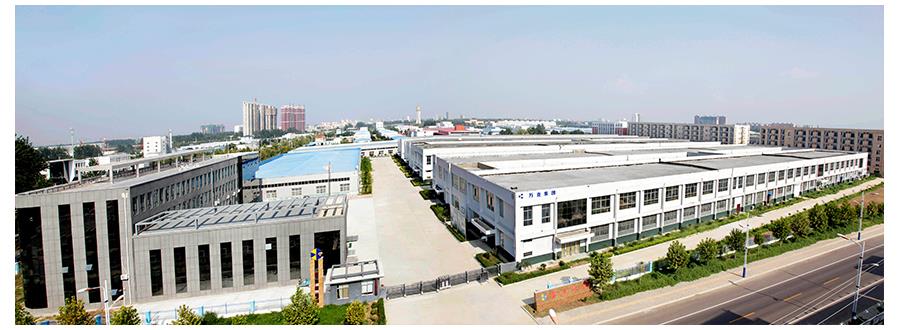Simulation of Cutting Parameters of PDC Bit Based on UG/OPEN
- 2019-07-03 22:47:53 -
PIN; the drill bit is widely used because of its high mechanical drilling speed and good economic efficiency. At present, the PDC bit footage accounts for about 80% of the total drilling footage of the domestic drilling. The main features of the PDC drill bit are structural changes, design flexibility, and sensitivity to applicable formations and applicable conditions. Therefore, the PDC bit individual design for the properties of the formation and the applicable conditions is the key technology of each bit manufacturer [1]. In the case of initial setting of the tooth parameters, quantifying the contact area and cutting volume of each tooth of the drill bit can help determine the pros and cons of the tooth arrangement. Therefore, the quantification method of PDC bit cutting parameters is the key technology for PDC bit personalization design. Whirl is an important cause of early damage to the PDC bit, and the main cause of the whirl of the bit is that the bit is subjected to a large lateral force during operation. The single tooth of the PDC bit and the overall three-dimensional force are also the key factors to be considered in the optimization of the bit tooth parameters. Among the cutting parameter quantification methods currently used, the numerical method is difficult to realize the complicated working conditions of the drill bit, and the discretization method has a slow calculation speed and a low calculation precision. In order to shorten the design cycle of PDC bit, improve the analysis accuracy, and analyze the complex working conditions, the author proposes a rapid analysis method of PDC bit, which can quickly and accurately obtain the cutting parameters, on the other hand, can quickly calculate the force of each tooth. The multi-objective optimization of the PDC bit is finally achieved. The PDC bit cutting parameters studied in this paper include cutting volume, contact area, cutting force, etc. The position of the PDC tooth, the caster angle, the roll angle and the normal angle are considered in the simulation.
Related News
- OTC 2019 --- DIAMONDWK PDC Cutter
- MIOGE 2019 --- DIAMONDWK PDC Cutter
- Wire China Expo 2018 ---- DIAMONDWK
- Influence Of PDC Drill Head On Cuttings Logging
- Influence Of PDC Bit On The Discrimination Of True And False Cuttings
- Development Of PDC Manufacturing Process Technology-2
- Development Of PDC Manufacturing Process Technology-1
- The Development Trend Of PDC Drill Bits
- Effect Of PDC Sheet Thickness On Residual Thermal Stress
- Simulation of Cutting Parameters of PDC Bit Based on UG/OPEN
- Analysis Of PDC SuperHard Cutting ToolS Tructural Param EterInfluence On Welding ResidualTherm AlStr
- Research On Effectiveavailability Ofsuperhigh Pressure In Synthesizing PCD And PDC
- PDC Bit Innovation
- What Are The Characteristics Of Cutting Diamond Wheels With Diamond Composite Cutting Tools?
- Application Of Diamond Cutting Tools
- How To Do The Cutting Edge Of A Diamond Tool



